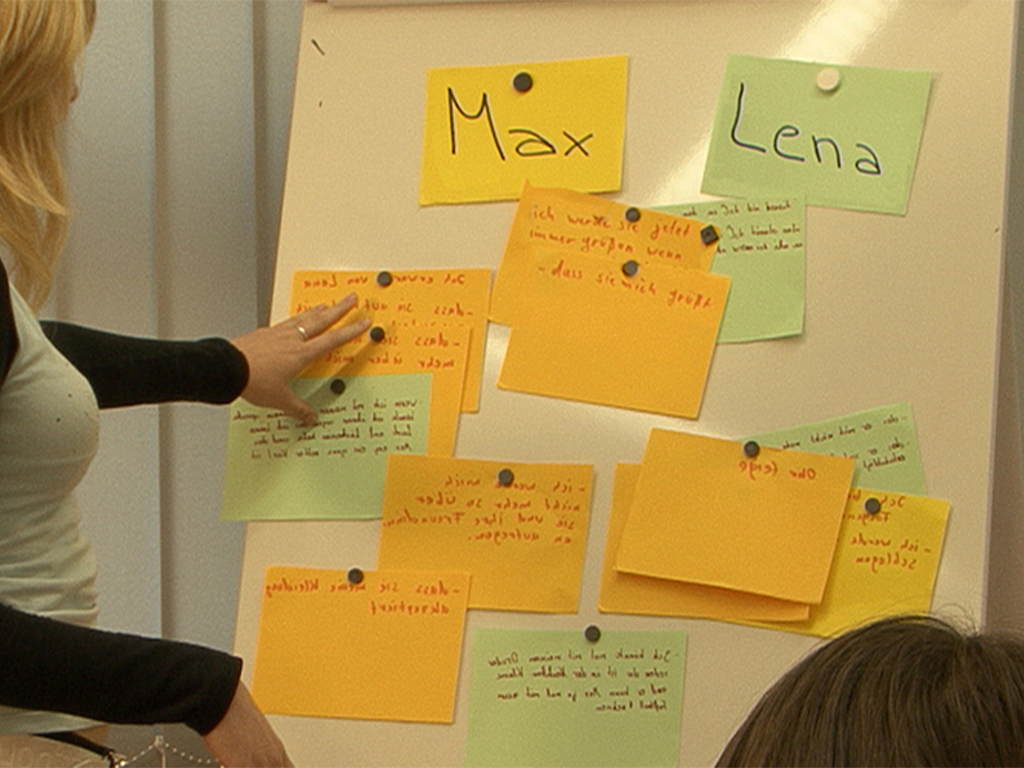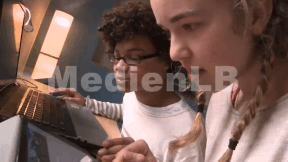 Preschool
Preschool


4658340 / 5551760
From Stone to Glass
Where Does Our Glass Come From?
In terms understandable to children, this DVD illustrates how glass, a widely used material, is made. The film shows, step by step, the development from rock to quartz sand, which, mixed with further ingredients, forms an important component in the making of glass. In order to give the children an exact idea of glass production, a glassblower is watched at his job. The accompanying material contains extensive suggestions and recommendations, such as songs, experiments, tips for assembly, games, mandalas, etc., both for a practical application of the topic in the classroom and for reinforcing the knowledge the children have acquired. Special emphasis was laid on an integrated learning experience in kindergarten life for the children to experience the often used material glass with all their senses. Thus, this DVD offers a basis suitable for child-oriented projects in kindergarten and early primary school, which take up and illustrate a topic familiar from the children’s everyday lives.
Play trailer

Curriculum-centred and oriented towards educational standards
Matching
Peer Mediation
Lena and Max attend the 7th form. Max is new in class. During a break, Max notices that Lena and her friend are laughing at him again. Max loses his temper! He slaps Lena in the face. That hurts and Lena runs back into the classroom with a red cheek. The growing conflict between the two has escalated. Just like Lena and Max, every day pupils all over Germany have rows with each other. At the Heinrich Hertz Gymnasium in Thuringia, pupils have been trained as mediators for years. At set hours, they are in a room made available by the school specifically for mediation purposes. The film describes the growing conflict between Max and Lena and shows a mediation using their example. In doing so, the terms “conflict” and “peer mediation” are explained in a non-technical way. The aims of peer mediation and its progress in five steps as well as the mediators’ tasks are illustrated. The art of asking questions and “mirroring”, which the mediators must know, is described and explained. Together with the comprehensive accompanying material, the DVD is a suitable medium to introduce peer mediation at your school, too.
Rights and Obligations
Three girls of different ages: Anna is 17, Paula 15 and Lena 13. Before the law, their respective ages have consequences – because children and adolescents have different rights and also obligations.









